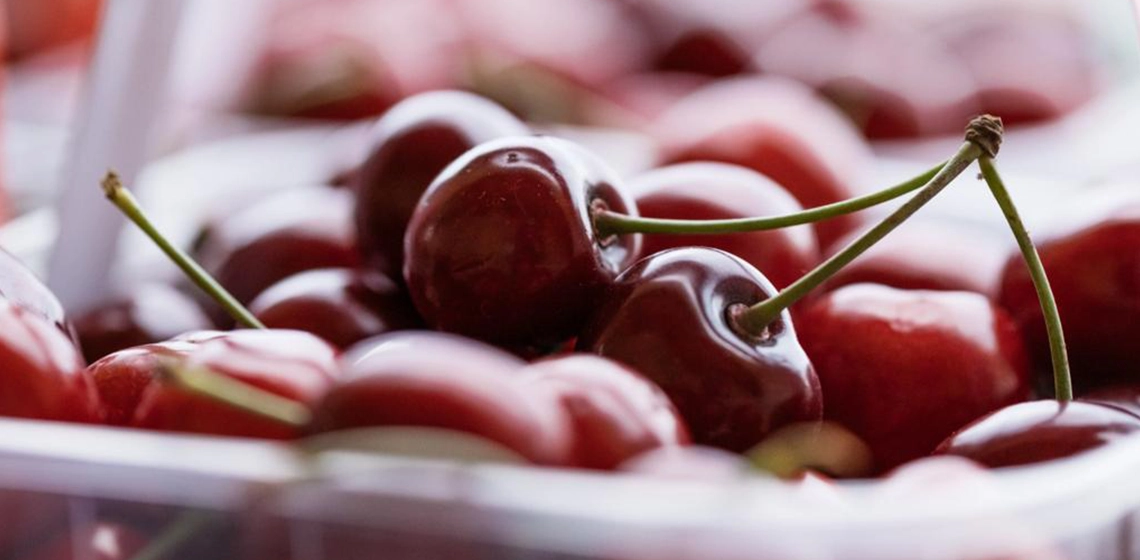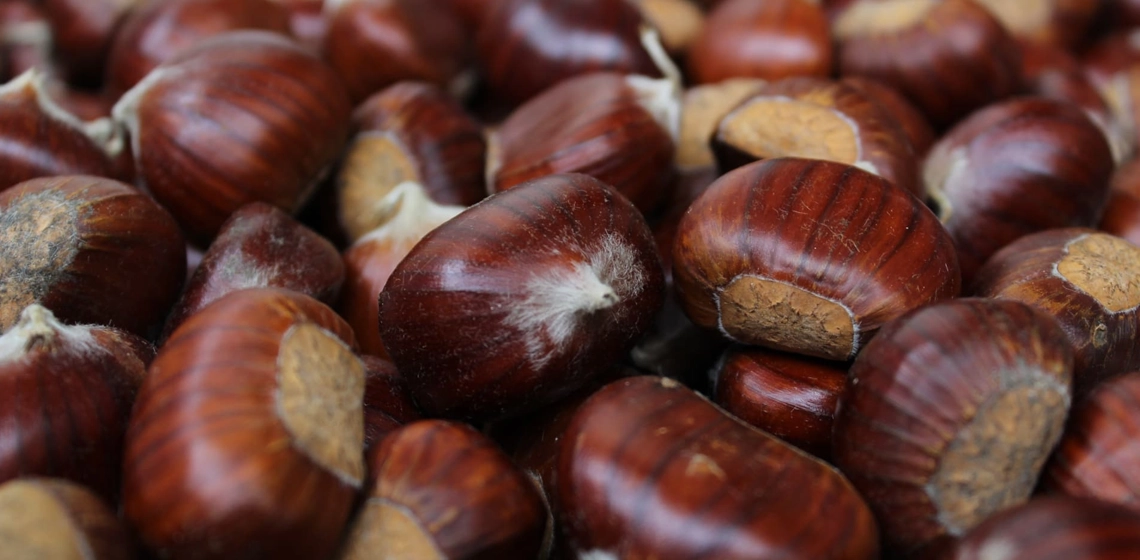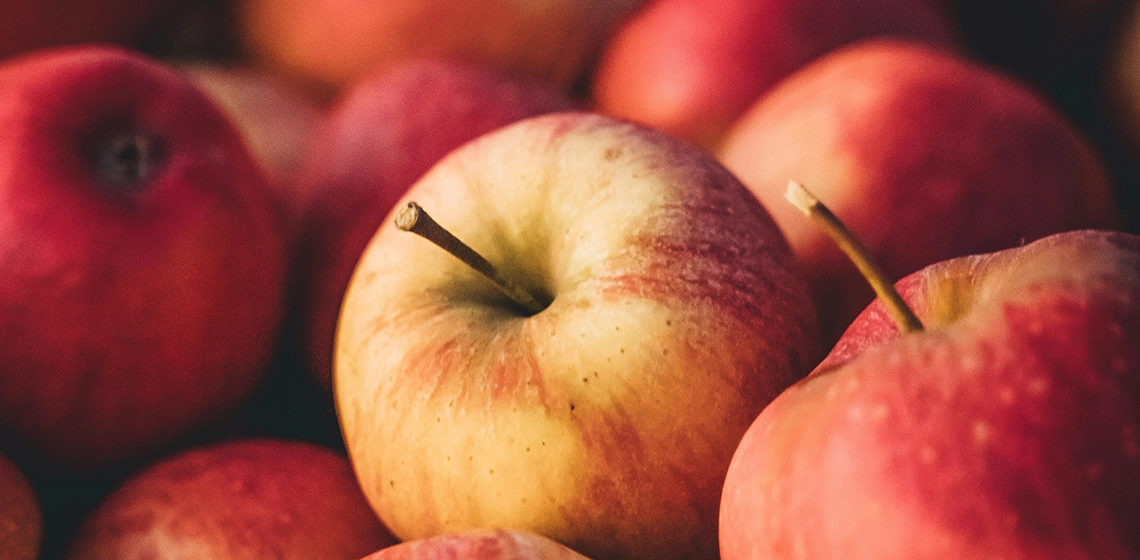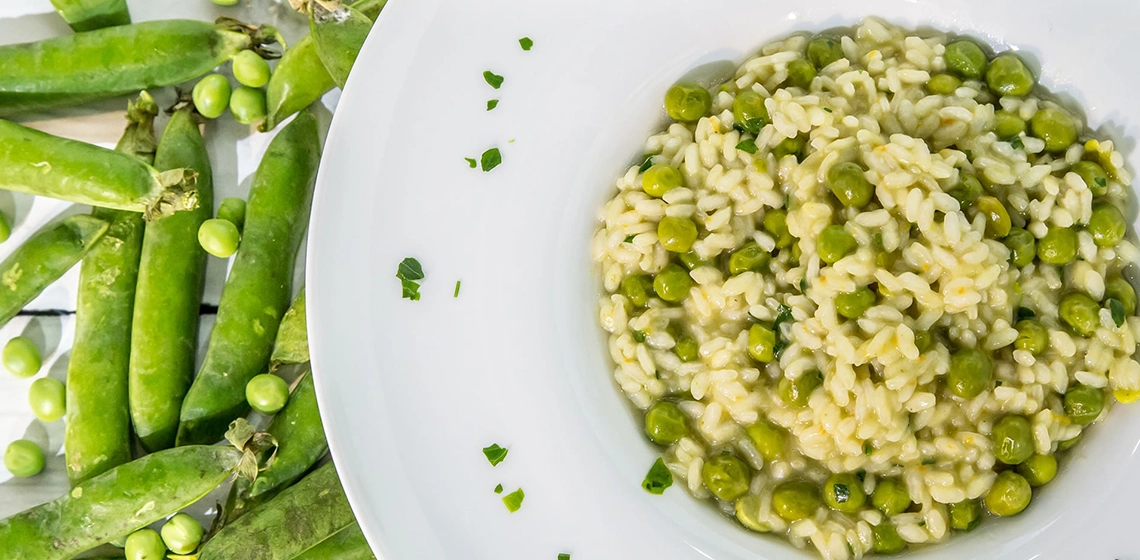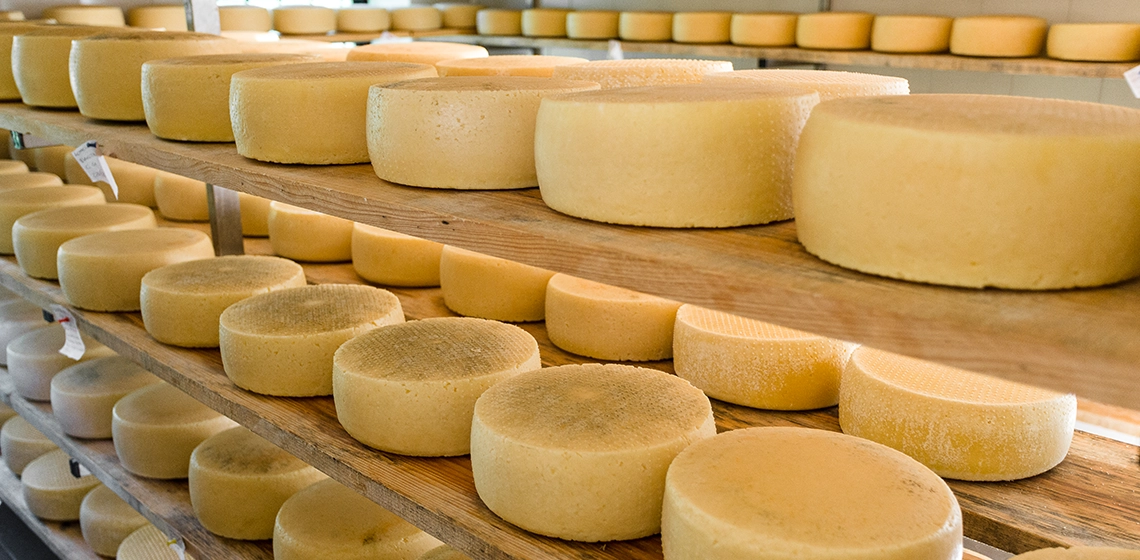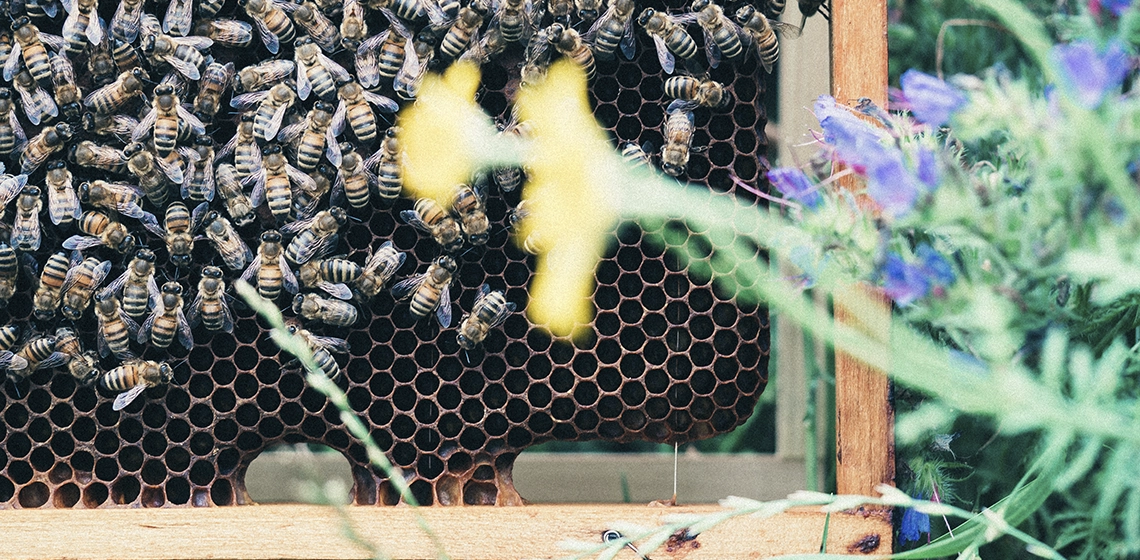ACTIVITIES AND ATTRACTIONS
FOOD AND WINE
FOOD AND WINE
FOOD AND WINE OF ASOLO AND MONTE GRAPPA
FOOD AND WINE OF ASOLO AND MONTE GRAPPA
For centuries, the Lands of Asolo and Monte Grappa have been a meeting point for the genuine flavours of the countryside, the tastes of the mountains and the richness of Venetian cuisine.
There are many other excellent products that you won’t find anywhere else, which stand out for the preservation of ancient traditions and local production. Some examples are: Pearl Corn, Levada Beans, Pagnano d’Asolo Potatoes and Grappa Honey.
RESTAURANTS IN ASOLO AND MONTE GRAPPA, TRADITION AT THE TABLE
Here you will be spoilt for choice with the many restaurants scattered throughout the hills and villages. Each venue, restaurant or trattoria is neat and friendly, offering refined and tasty food, based on tradition and offering dishes from the Venetian cuisine, reinterpreted with mastery.
Each dish is prepared with the best local ingredients and changes with the seasons.
In this area, you can easily rediscover the pleasure of sitting at the table, alone or in company, tasting in many different ways all that nature has to offer in the Biosphere Reserve.
FARMHOUSES IN ASOLO AND MONTE GRAPPA
In the Lands of Asolo and Monte Grappa you will also find many farmhouses surrounded by greenery and with stunning views. In summer, you can relax under a pergola or a veranda, and in winter you can sit in front of a fireplace and taste typical Venetian dishes, prepared with simplicity and authenticity. You can breathe in the tradition of the Venetian rural culture, which is always hospitable, generous and familiar. And of course, you can’t talk about Veneto without mentioning its wine, which is produced by many local companies. They also offer the opportunity to taste it with a plate of cold meats and cheeses, some of which they produce themselves.


